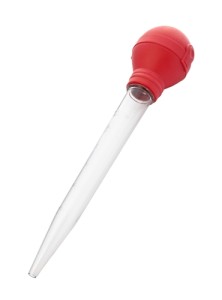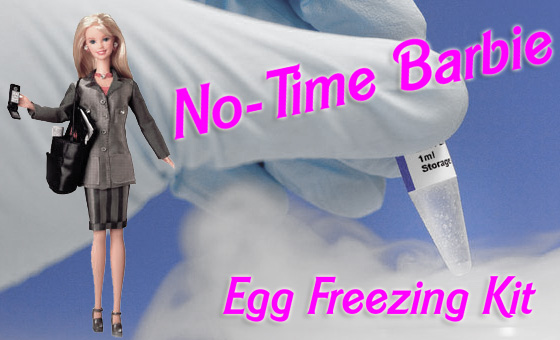The home brew turkey baster for insemination (Courtesy: Babymed.com) Can’t conceive? Try IVF. Sure, it recently earned a Nobel Prize but isn’t that like going from 0 to 100 mph just like that? Isn’t there something simpler to do first before IVF? Turkey Basting Well, maybe there is. There are 3 levels of conception technology: No-Tech (sex), Low-Tech (IUI) and High-Tech (IVF). Intrauterine insemination (IUI) is the classic low-tech approach to pregnancy. It involves the placement of a washed sample of ejaculated sperm into the female uterus, well beyond the vagina and cervix where ejaculated sperm normally find themselves after sex. It is performed during ovulation to maximize the chance that sperm meets egg. And, like sex (and unlike IVF-ICSI) it adheres to the
Tag: fertility
40 Years of Male Infertility: Progress Beyond Belief
40 years ago in tech: the Apple I computer in 1975. The case of the month is an actual patient of The Turek Clinic. Distinguished appearing, he had a concerned look as he sat down across from me. “Years ago, I tried to bank sperm in college, but I was told that there was none,” he said. The story went on. With more than one partner, he was unable to conceive. “And, I’ve got to admit, this issue cost me several relationships and a marriage.” But she was different. She was young, hopeful, in love and wanted more. “He’s known about this for a good 30 years; there’s got to be something new by now to help us have children.” As Time Goes By Indeed there is
Why Corporate Promotion of Egg Freezing isn’t a “Benefit” to All Women
Apple recently announced it was joining Facebook in covering costs for female employees who opt to freeze their eggs for non-medical reasons. Both companies are providing up to $20,000; Apple as part of its fertility coverage, and Facebook as part of its surrogacy benefits. Despite the financial generosity, this might not be a good deal for healthy employees of these companies — or for women in the workplace in general. While some news outlets have addressed the high cost of egg freezing — at least $10,000 per ovarian stimulation cycle and $500 a year for storage — there’s more to be concerned about than the high cost or the low chances of success (according to the Society for Assisted Reproductive Technology, for a woman age 38,




